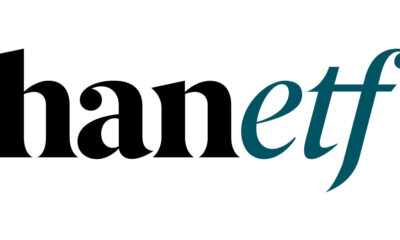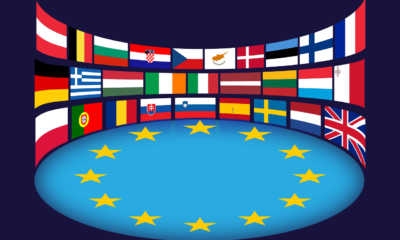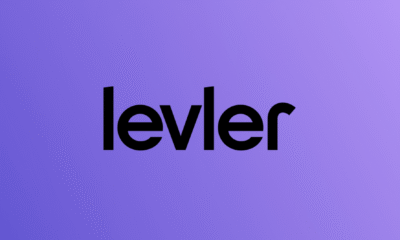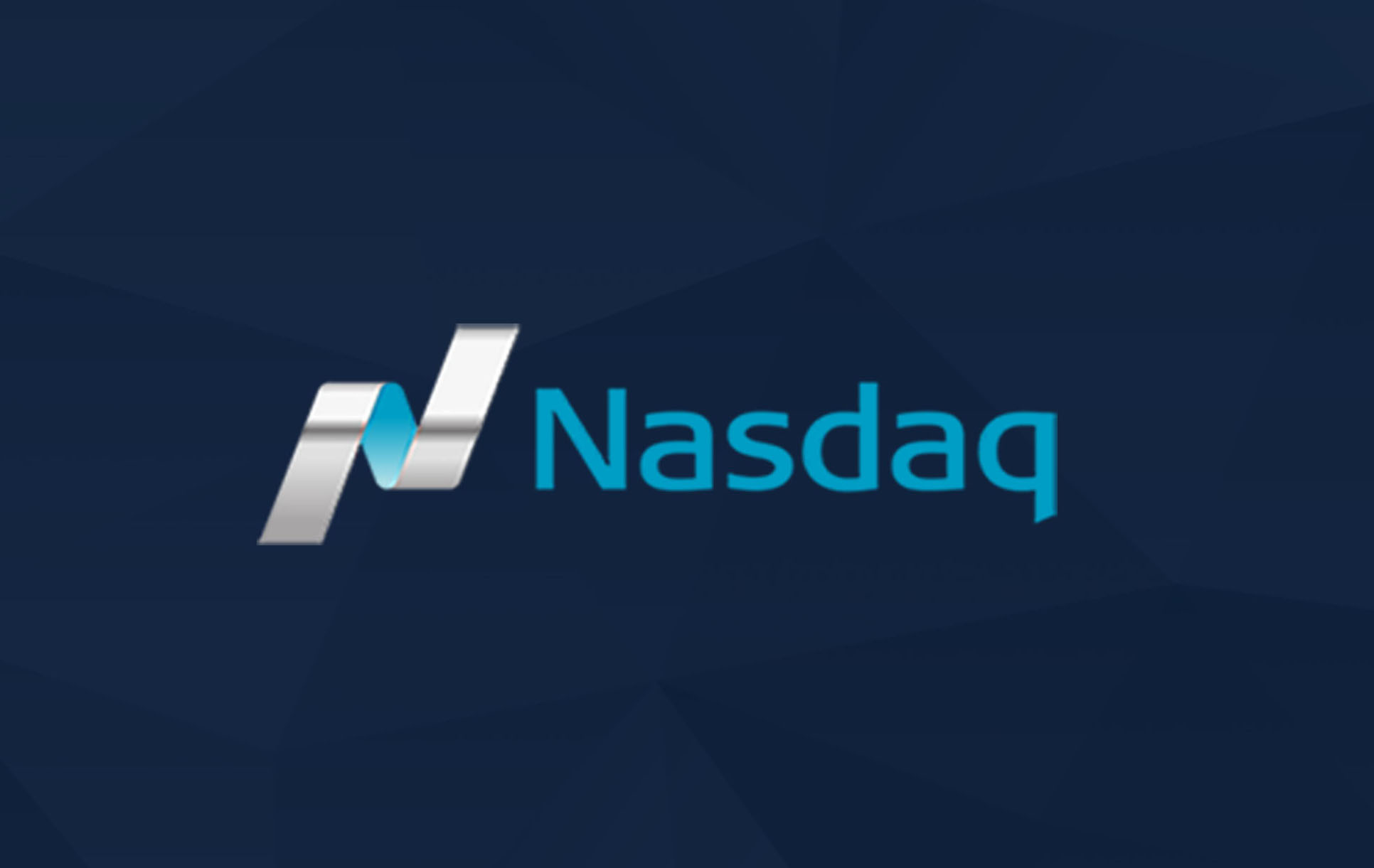Det låga ränteläget som vi har upplevt under de senaste åren har slagit hårt mot de placerare som jagar direktavkastning. Traditionella inkomstkällor som bankcertifikat (CD), penningmarknadsfonder och obligationer har tidigare gett den avkastning som dessa investerare söker. När räntorna har fallit till nollstrecket, eller i vissa fall till och med under detta väljer många av dessa placerare att ställa sig frågan Kan utdelningar ersätta obligationer? De väljer därför att titta på företag som ger en hög utdelning, och i förlängningen också sådana fonder och ETFer som investerar i sådana bolag.
Dessa placerare måste emellertid förstå att att det är en skillnad i att investera i aktier i företag som betalar utdelningar och i obligationer. Finansiella rådgivare som arbetar med kunder måste se till att kunderna förstår dessa skillnader.
Olika typer av risker
Aktier som betalar utdelningar är fortfarande aktier. Även om många av dessa företag, speciellt de som konsekvent betalar ut höga utdelningar, så kallade utdelningsaristokrater, är mindre volatila än andra aktiers kurser så är de fortfarande föremål för många av de faktorer som påverkar aktiemarknaden i sin helhet.
Under 2008 rasade S&P 500 Index med 37 procent, men under samma tid gav Barclay’s Aggregate Bond Index en avkastning på 5,24 procent.
Tittar vi sedan på ett par av de utdelningsorienterade börshandlade fonderna så ser vi att Vanguard Dividend Appreciation ETF (NYSEArca: VIG) gick ned betydligt mindre än S&P 500 Index men ändå förlorade 26,63 procent. Denna ETF fokuserar på högkvalitativa Large Cap-aktier med en historia av ökad utdelning. Vanguard High Dividend Yield ETF (NYSEArca: VYM) som är mer inriktad på avkastning, förlorade 32,10% under 2008.
Även om båda dessa börshandlade fonder gav ett betydligt bättre resultat än S&P 500 Index så är resultatet förödande för en inkomstorienterad investerare som behöver avkastningen.
Var 2008 ett extremt exempel? Ja absolut. Men hur kommer då obligationsmarknaden att utvecklas om och när räntorna stiger i framtiden? Historiskt sett har volatiliteten för obligationer varit betydligt lägre än den för aktiemarknaden.
Ett annat exempel på detta är Exxon Mobil Corp (NYSE: XOM) vars aktiekurs syns nedan. I mitten av 2014 stängde denna aktie på 104 USD, långt över vad denna aktie handlas till i dag. Den som har ägt 100 aktier i detta bolag har fått en utdelning på 499 USD men samtidigt förlorat 2 900 USD som en följd av värdeminskningen.
Bevara kapitalet
På den tiden när räntorna för penningmarknadsfonder och bankcertfikat låg i spannet 4 till 6 procent kunde ränteinvesterare få en anständig avkastning och rimligen förvänta sig att kunna bevara en stor del av sitt kapital och leva på räntan så att säga.
I dag när penningmarknadsräntorna ligger kring nollstrecket och även andra typer av instrument ger en mycket låg direktavkastning är det en orealistisk förväntan för en pensionär eller andra inkomstinriktade investerare att kunna leva på räntan och inte röra sitt kapital. Investerare som söker inkomster måste gå längre ut på riskskalan. Alternativ kan omfatta högavkastande obligationer, vissa slutna fonder, preferensaktier och utdelningsaktier.
Dessa och andra alternativ i allmänhet bär alla mer risk än traditionella obligationer eller penningmarknadsinstrument. Vissa ränteannuiteter är också ett alternativ, även om låga räntor påverkat deras avkastning också.
Inga garantier
Utdelning på stamaktier fastställs av företaget. Även om företagen i allmänhet gillar att behålla sin utdelningsandel det finns inga garantier här. Företaget skulle kunna stöta på likviditetsproblem eller besluta att använda en del av dessa pengar för att finansiera intern tillväxt.
Total avkastning versus direktavkastning
Ett bättre sätt är att fokusera på aktieportföljens totala avkastning istället för direktavkastningen. Totalavkastning tar hänsyn till både värdeförändringar och avkastning. För en inkomstinriktad placerare kan totalavkastning vara ett bättre svar än att ta öka portföljrisken i ett försök att få lite extra avkastning. Dagens pensionärer förväntas leva längre än tidigare generationer och de flesta behöver en viss andel av tillväxt i sina investeringar för att säkerställa att de inte överlever sina pengar.
Dagens pensionärer kan räkna med att leva längre än tidigare generationer och de flesta behöver en viss grad av tillväxt från sina investeringar för att säkerställa att de inte överleva sina pengar. Även för yngre investerare är detta tillvägagångssätt viktigt.
I fallet med en pensionär har kanske delar av portföljen reserverats för olika ändamål. Den första tranchen skulle kunna vara avsatt för att hantera behov under innevarande år och kanske två till fem år framåt. Denna del av portföljen skulle vara i likvida medel. Den mellersta tranchen skulle innehålla utdelningsbetalande aktier och andra inkomstbringande instrument med en måttlig tillväxt. En viss del av kassaflödet från denna del av portföljen kan användas för att fylla på kontantdelen. Den sista tranchen eller andelen skulle vara avsatt för tillväxt. Denna del skulle innehålla aktier och andra tillväxtinriktade instrument som skulle bidra till att investeraren inte överlever sina pengar.
Slutsats
Det har varit en tuff tid för investerare som söker inkomster. Vissa rådgivare har föreslagit att utdelningsbetalande aktier som ett alternativ till mer traditionella räntebärande instrument. Faktum är att utdelningsbetalande aktier är fortfarande aktier och bära risker som överstiger de flesta traditionella räntebärande instrument. Finansiella rådgivare kan hjälpa kunder som försöker navigera denna fråga titta på sätt att uppnå sina mål samtidigt som risker de är bekväma med.

 Nyheter4 veckor sedan
Nyheter4 veckor sedan
 Nyheter4 veckor sedan
Nyheter4 veckor sedan
 Nyheter2 veckor sedan
Nyheter2 veckor sedan
 Nyheter4 veckor sedan
Nyheter4 veckor sedan
 Nyheter3 veckor sedan
Nyheter3 veckor sedan
 Nyheter3 veckor sedan
Nyheter3 veckor sedan
 Nyheter3 veckor sedan
Nyheter3 veckor sedan
 Nyheter1 vecka sedan
Nyheter1 vecka sedan






















